Energy is important key that must be an object interested in concept and designing a house, not only elegance and good looking but also health - such as air flow, light supply - ought to effect its own comfort. Anderson Architecture has designed Waverley Residence where is laid in Waverley, a suburb region of Sydney, Australia. This contemporary house design determines and applies the house energy needs, one of them is passive solar using. See inside the house, the elegant modern interior is arranged and combined to passive solar technique, ant thermal modeling.
Waverley Residence by Anderson Architecture:
“This project is our most thermally efficient house to date, developed through the use of in house computerized thermal modeling.The house requires very little heating or cooling, utilizing passive solar techniques, internal thermal mass and natural ventilation to maintain a comfortable, healthy indoor environment.A challenging aspect, with excessive western exposure and a large existing building to the north, helped define the lofty roof forms which capture northern light.A run down weatherboard house in Waverley, with a large neighbour immediately to the north, seems an unlikely starting point for contemporary family home featuring exemplar environmental credentials. This however was the brief from the clients who requested a warm and modern 4 bedroom house with a strong connection to the outdoors and minimal reliance on artificial heating, cooling and lighting.The project was conceived from the outset with sustainability at the core of the design, despite site restrictions which encouraged creative solutions to meet performance goals. Natural materials and finishes feature extensively to balance and harmonise with the technical and mineral elements required by contemporary standards for a completely modern and integrated sustainable design outcome.Extensive computer modelling was used to confirm principles and develop the passive solar design, resulting in an 8 star certification. This modelling highlighted the limitations imposed by a 3 storey northern neighbour on passive solar potential, and led to a C-Bus controlled active design, featuring operable shading, ventilation, day-lighting and heating/cooling elements regulated by numerous internal and external temperature, rain, light and wind sensors.A holistic approach integrated elements such as external shading, operable roof, thermal mass/structural walls, exposed concrete floor, natural materials and shade planting into the overall design concept resulting in many items performing multiple tasks to further reduce total material consumption while reinforcing design principles.Rainwater storage, onsite stormwater detention and near complete site permeability greatly reduced the properties impact on the natural hydrological cycle while supplying the house with much of its water needs. Self sufficiency is enhanced with an inbuilt capacity for grid connected solar PV array and a solar water heating system for domestic water supply and hydronic floor heating.The end result showcases innovative uses of materials, products and technologies to meet an ambitious design brief and provide an exemplary sustainable residential dwelling, built using a philosophy of passive and active design theory which borrows heavily from both traditional and contemporary technological principles, expanding the potential of existing sites and the future of sustainability in residential architecture.”



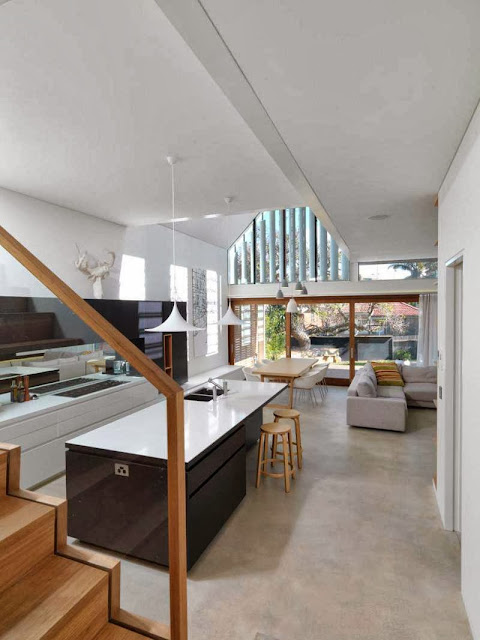
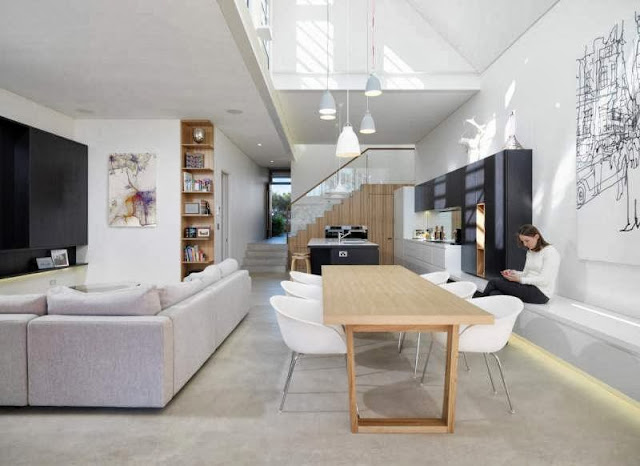


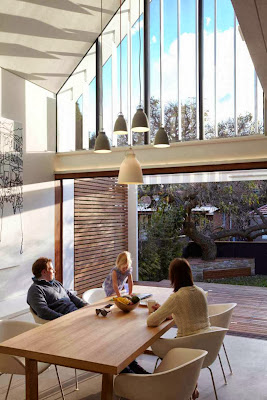

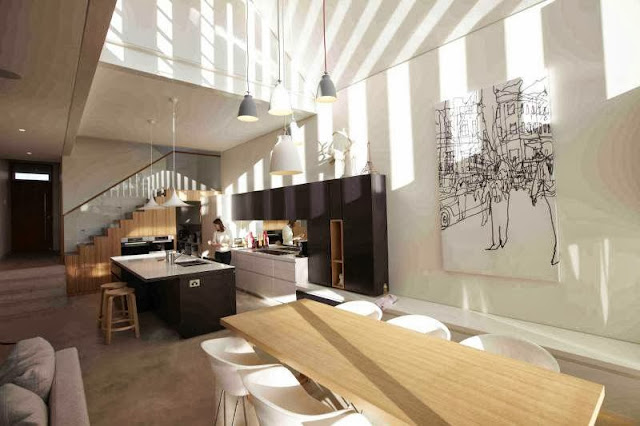



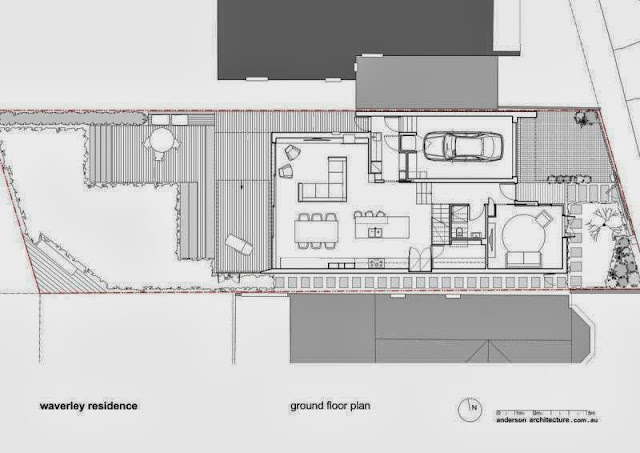
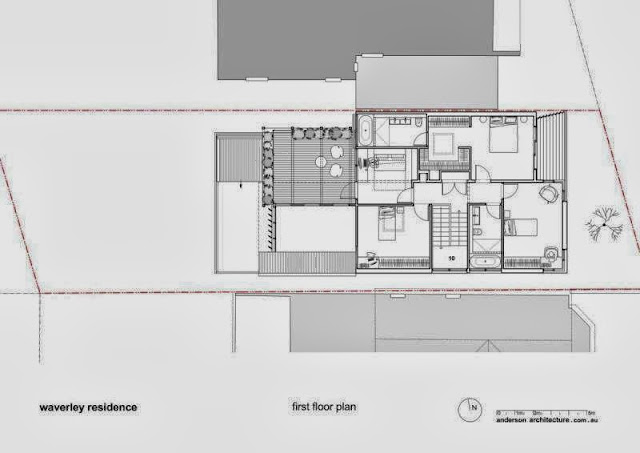


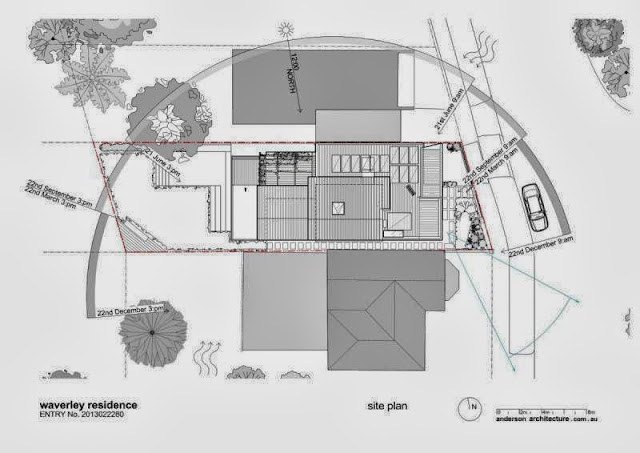
0 comments:
Post a Comment